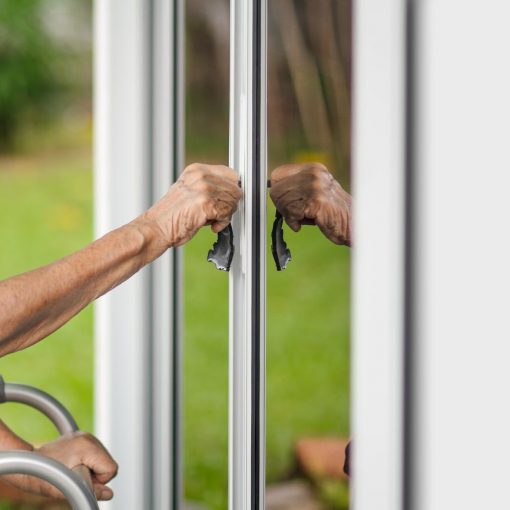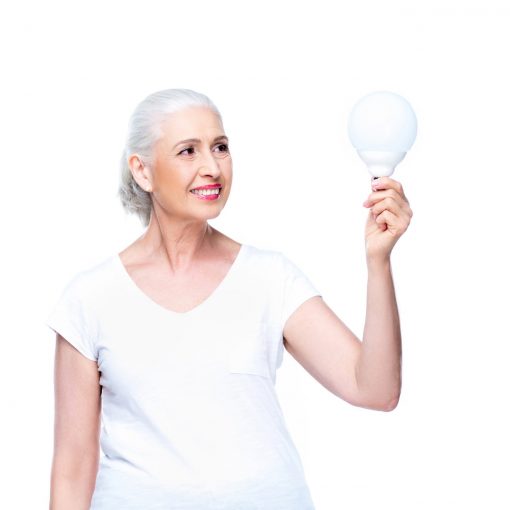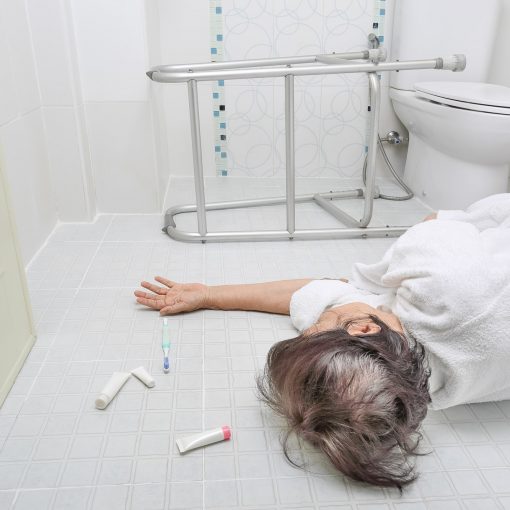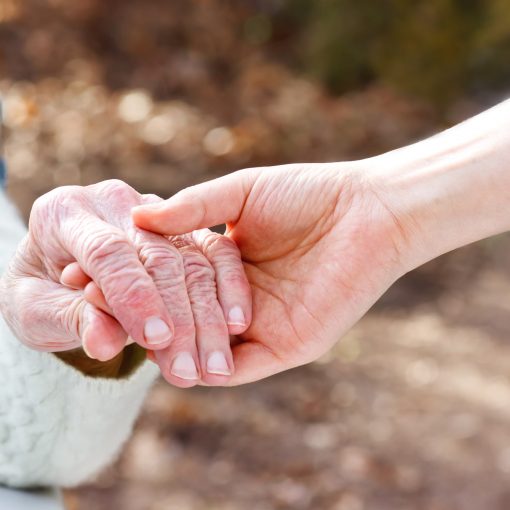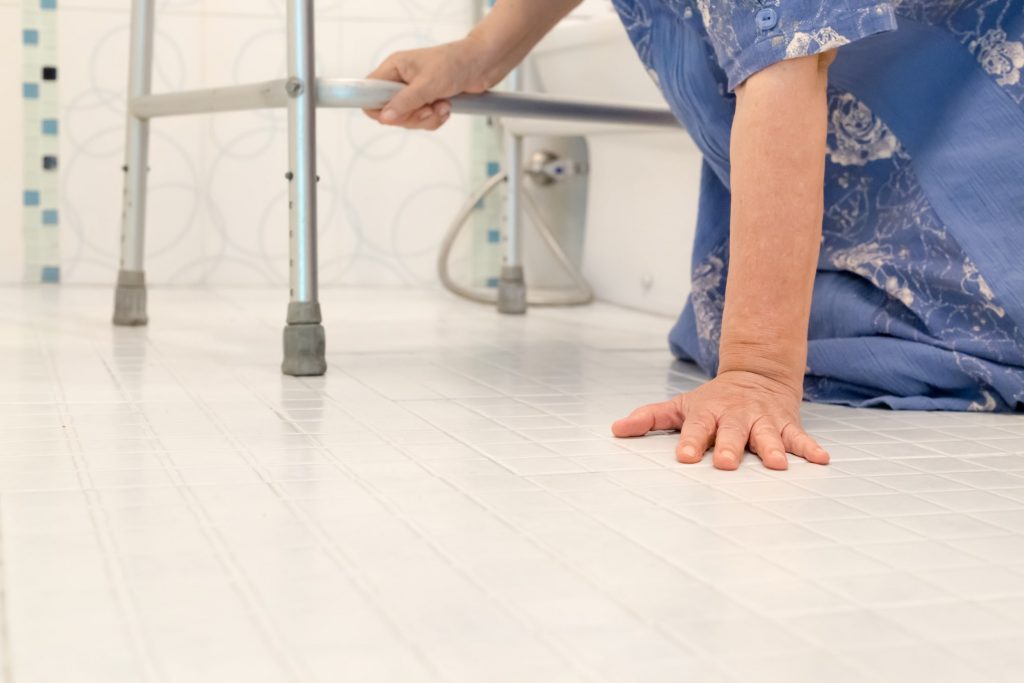
Did you know that falls are the leading cause of injuries and fatal injuries to the elderly? At least one out of four seniors fall every year. Falls among the elderly is dangerous because it can cause broken bones, head injuries, and hip fractures that are very costly to treat. the fear of falling can make many seniors stay inactive and depressed. The good news is that there are ways on how to reduce fall risk in elderly or seniors.
Before we discuss ways to reduce the fall risk, it is important to know the causes of the fall.
- Lack of balance is the easiest way to fall. as people grow older, they tend to lose balance and stability.
- Limited vision. As a person ages, they may easily trip on obstacles because they can not see them.
- Some medications can cause dehydration and dizziness that can cause the person to fall.
- A home lacks simple modification that may contribute to the risk of falling.
- Chronic conditions such as arthritis, stroke, and diabetes can cause falls because of inactivity, instability, and dizziness from the medications.
Ways to Reduce Falls
Change the Footwear
Consider changing the footwear of the elderly to shoes that have a non-slippery sole. Ensure that the shoe fits well. Floppy slippers and high heels are not a good option for the elderly because they increase the risk of falling.
Get rid of Home Hazards
Our homes can be full of hazardous items from the bedroom, kitchen, living room, to the bathroom, and toilet. To make the home safer, start by removing cords and boxes from the pathways. Remove extra tables in the living room and in the kitchen to provide enough space for wheelchair use or walking cane use. Remove loose rugs and make the floor even. If you still need a carpet, consider installing the wall to wall carpet. It is safe and does not become loose as opposed to pieces of rugs. Use non-slip mats in the bathroom. Always ensure that pathways are clear from clutter and their bedroom does not have scattered clothes on the floor.
Lighting
Keep the home with enough lighting because as a person gets older, their vision is reduced. If the rooms and pathways do not have enough lighting, the elderly can easily hit an obstacle and fall. Bedroom, hallways, and bathrooms should have enough lighting and the switches should be within reach in case the senior needs to use the bathroom at night. Store enough flashlights in an accessible place to use in case of a power outage.
Supportive Devices
The elderly may need a walking cane to keep them steady. However, you will need to install other supportive devices such as handrails on the staircase, a raised toilet seat, grab bars, and a shower bench or chair. Grab bars need to be installed from the entrance, on the hallways, in the bedroom, and the bathroom. Grab bars assist the elderly to walk or to stand and to sit down. The toilet will need a raised seat because the elderly strain to reach the normal toilet level.
You can install ramps in place of a staircase to enter the house. This will make it easier for the elderly to use the wheelchair to access the house. Home modifications will require professional assistance and it is a project worth investing your money.
Elevator or Lift Chair
You can install an elevator in the house to avoid the use of the staircase. A lot of falls happen on the staircase as compared to flat spaces. Alternatively, you can have a lift chair to carry the elderly up or down the staircase. An elevator or a lift chair reduces the risk of falling and makes the senior feel safe. The fear of falling can cause depression and inactiveness among seniors.
Modifications to reduce the fall risks helps to keep the elderly safe and encourage independence when they are in the house. No one enjoys staying in one room every day. Seniors enjoy moving around, even to run a few errands like going to the shop. they will need mobility devices to allow the move freely and safely.
Contact us today for home modification services to reduce the risk of falling among the elderly.
